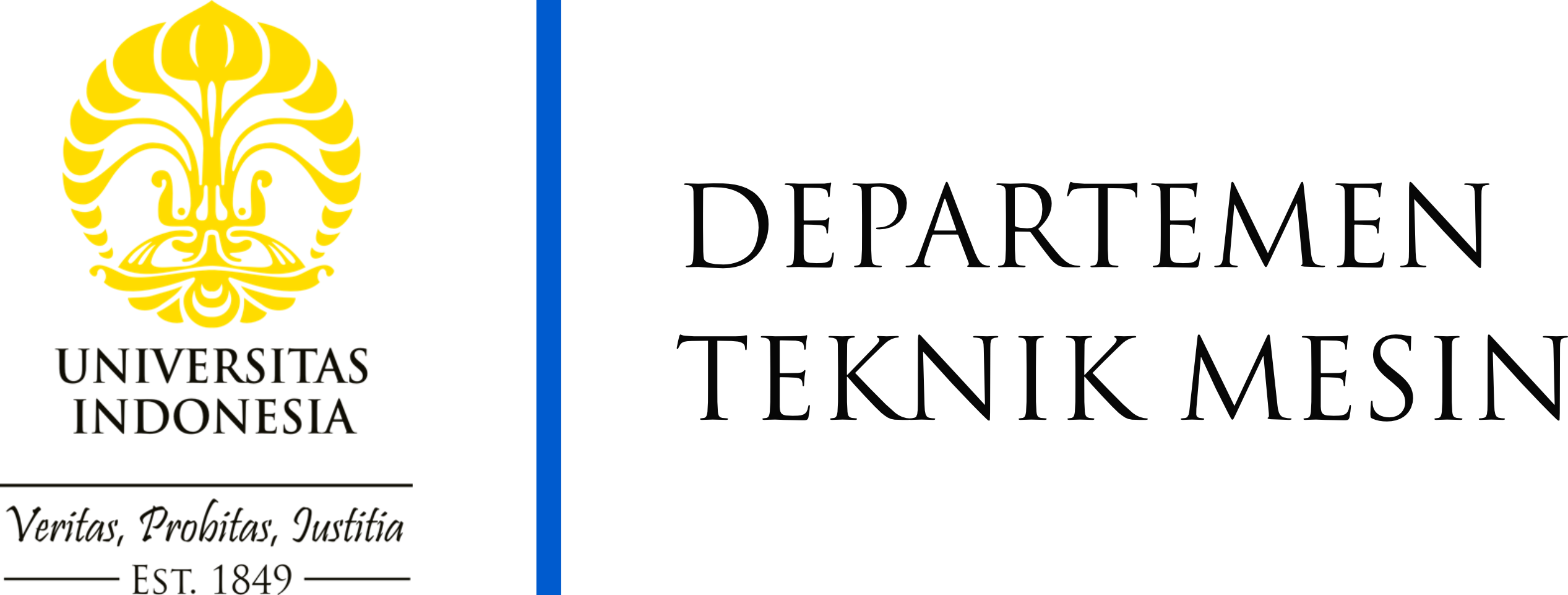yanuar@eng.ui.ac.id
1980 – Mechanical Engineering, Universitas Indonesia
1990 – Naval Architecture and Ocean Engineering, Hiroshima University, Japan
1993 – Mechanical Engineering, Tokyo Metropolitan University, Japan
1995 – Mechanical Engineering Tokyo Metropolitan University, Japan

Indonesia is one of the world’s most populous countries with a vast territory. Therefore, it is reasonable for us to continue conducting studies on energy saving.
The need for fast ships continues to increase. Catamarans and Trimaran vessels are now widely used for many purposes, employing multi-hull boat technology. In fact, In the past, multi-hull vessels were widely used as warships, destroyers, or patrol boats.
Unique technology employed in a catamaran or a trimaran is widely applied to general vessels. As the world develops, 2-hull or 3-hull vessels (multi-hull vessels) are increasingly used as cruise ships, ferries, landing vessels, or sailboats. Multi-hull vessels have several advantages such as good stability, ability to pull over on a shallow water, and saving energy when sailing at a high speed.
Energy saving comes from waveforms formed when those multi-hull vessels sail. Each hull on its left side and right side forms a wave and when those wave encouter, the encounter will result in a smaller wave height. The formed waves take energy from the power of the ship itself due to the wave interference occurring between the hulls followed by the waves occurring behind the hulls or the waves occurring due to the sailing vessel’s drag. Waves are formed due to interference and interaction of the transverse waves and divergent or convergent waves (waves that make resistance). The smaller the waves are, the lower the energy taken from the ship’s power. As a result, the vessel can increase its speed. On the other hand, the bumpier the waves are, the higher the energy taken from the vessel. Accordingly, this study aimed to reduce the waves generated by a vessel when it sails to anticipate losses coming from energy wasted due to friction, low-speed layer of water fibers rubbing against the high-speed layer of water and other obstacles. Ship resistance consists of friction resistance, wave resistance, and other obstacles. By employing an experimental method of a vessel model and a numerical method, we can determine an energy-saving mechanism.
Besides naval engineering, Prof. Yanuar conducted research on fluid mechanics focusing on drag reduction of flow in pipes, too. People could reduce the use of the flowing energy in the pipe with two methods. First, the active control method provides additives to the working fluid (polymeric substances, surfactants, fibers, nanoparticles, magnetic hydrodynamics, etc.). Second, passive control is used to design the suitable pipe geometry, the suitable surface roughness, or other parameters. We can identify energy saving by implementing those two experimental methods, such as geometric variations of the test pipe, variations in the concentration of additives, and the numerical method of the mechanism.
